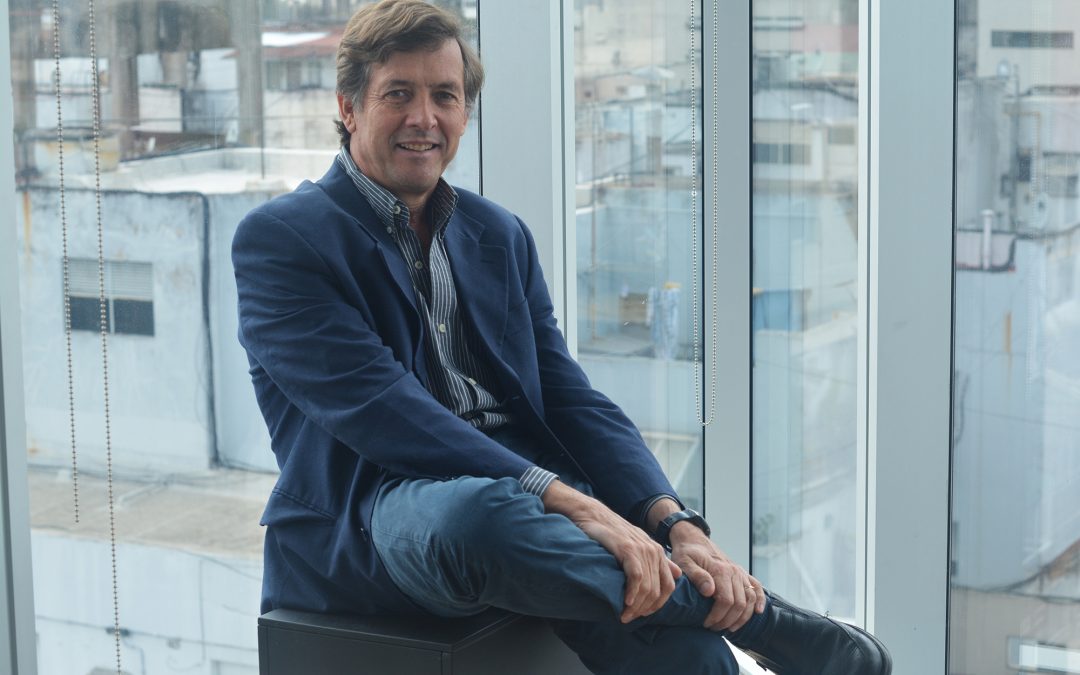By Javier Preciado Patiño
In a few days, Argentinean farmers will start the harvest of 16,5 million hectares of soybean crop. But 10.000 of those hectares was grown with Indigo’s microbiological technology. It’s the first time that this occurs in the country.
“Farmers are saying us that they expect a great performance from this soybeans”, saiys Carlos Becco, leader of the Indigo branch in Argentina. Mr, Becco took over the local branch in August 2017, only a few weeks before the start of the growing season. “The initial target was 2.000 hectares planted with Indigosoja, the brand of our technology for soybean. But the confidence of the farmers in our proposal made that finally we targeted five times the initial acreage”, comments Becco.
The officer knited alliances with major Ag-tech suppliers of the country. One of the leading soy breeding company, provived the seeds and another presitigious company supplied the inoculant and fungicides. Solapa 4 (S4) was in charge to collect and analyze field data, and major farm players, accepted to plant large plots with this soyeban, treated with a microorganism that enhanced the crop against the stress.
“The severe drought that is affecting The Pampas will stresses the performance of our technology. At the beginning of the growing season, soybean crop treated with Indigosoja showed a major performance. But the farmers know that at the end of the day the only thing that matters is yield”, remarks Mr. Becco.
But one key of the initial success of Indigo was the fact that they financed the farmers by suppyling the treated seeds until the harvest period. The company allocated a half million dollars to supply the farmers with the treated seeds.
“We hope to grow significantly by 2018/19 season, mainly soybeans”, refers Mr. Becco. Now they are launching Indigotrigo, the microbiological technology for wheat. “Last year we launched a similar technology for corn. We are expecting to know the results when the crop was harvested”, says Becco.
“We think this is the first step of an long path; we expect to have a hundred new commercial microorganism in the next years”, concludes Mr. Becco.

